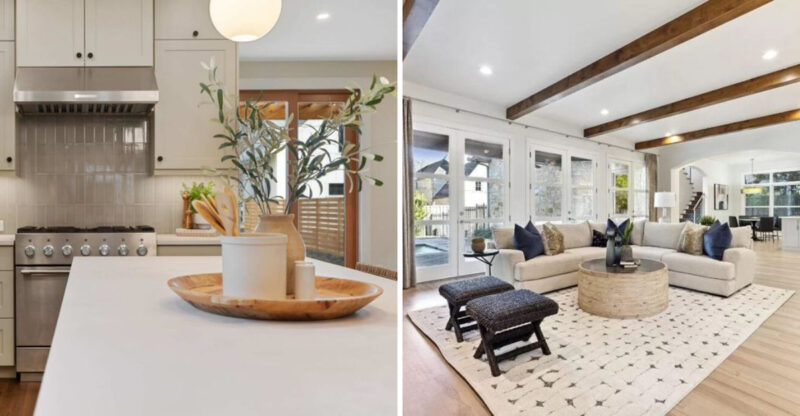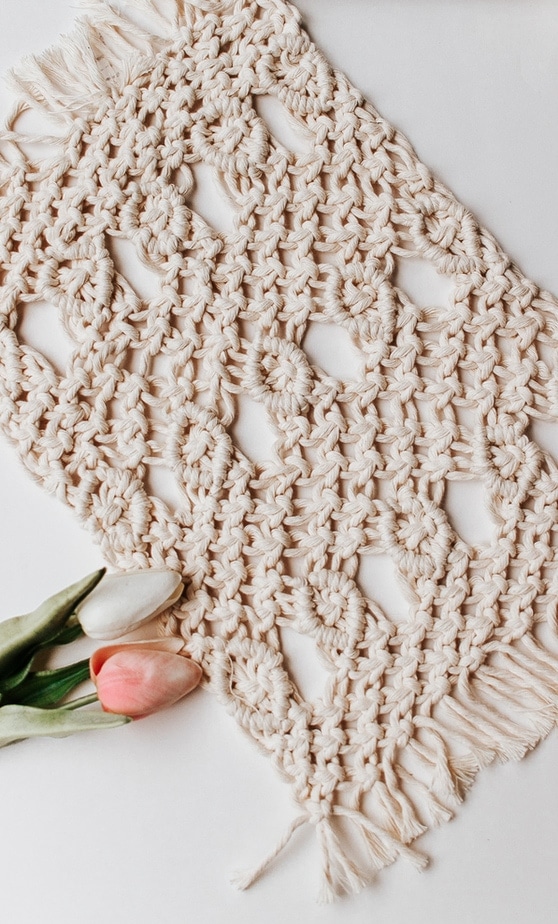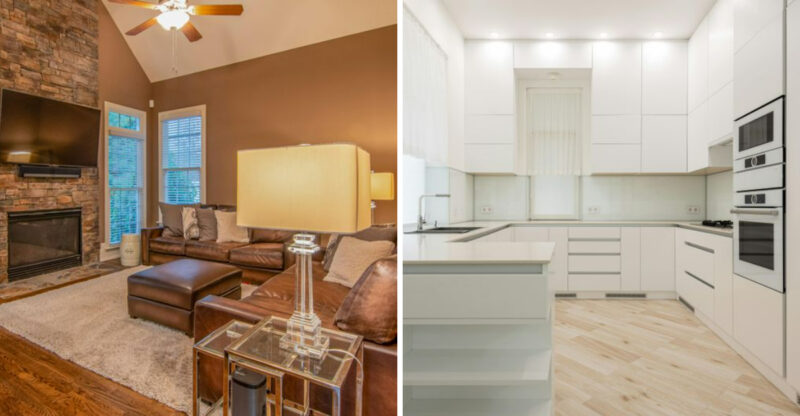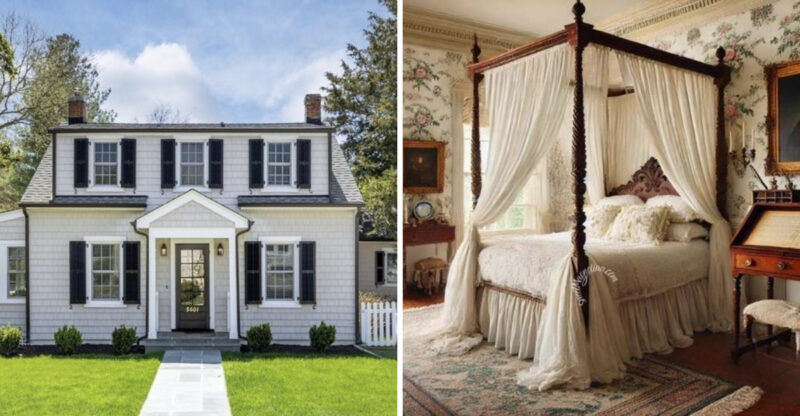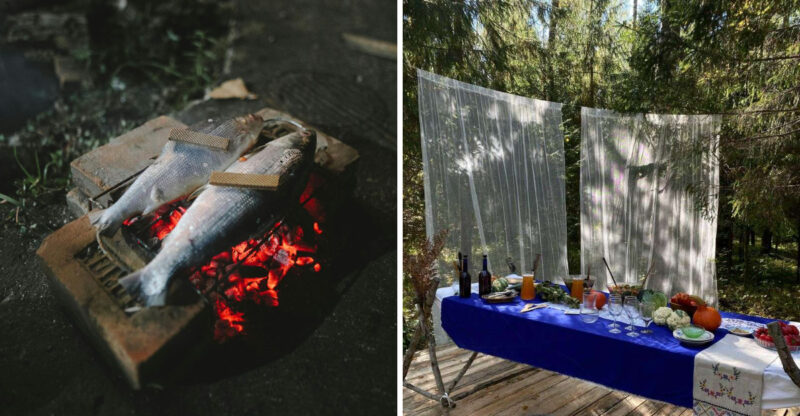Things That Make Open Shelves Look Cluttered
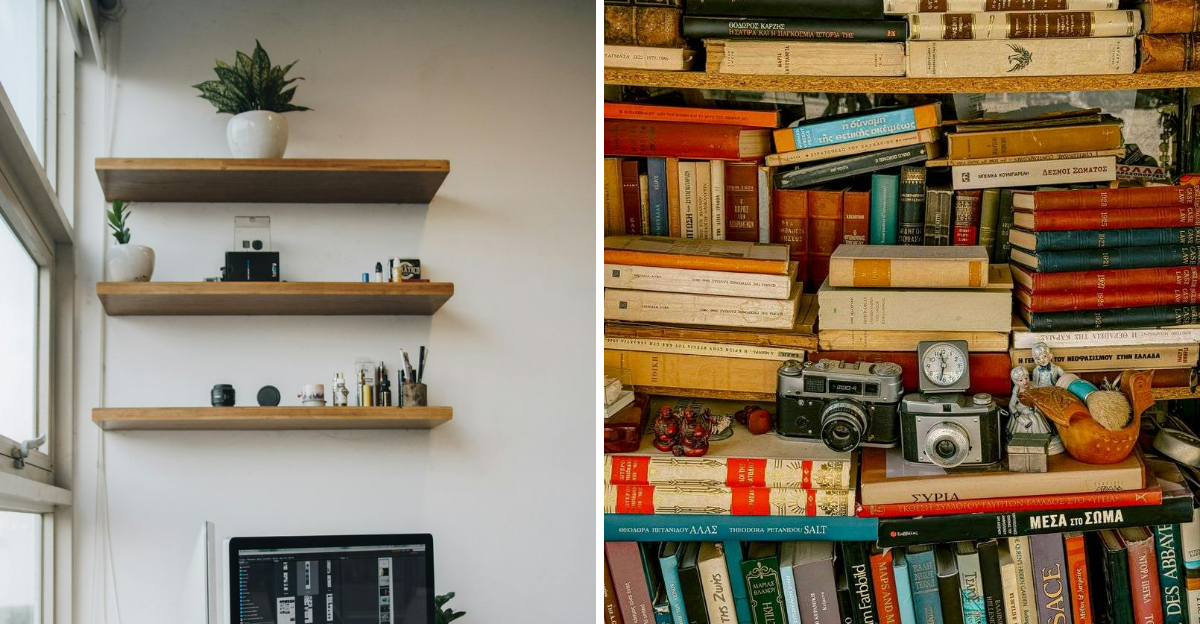
Open shelving has become a popular trend in home design, offering a way to display cherished items while keeping them accessible. However, without careful planning, these shelves can quickly transform from stylish focal points to chaotic eyesores. Understanding what causes this visual clutter can help you create more appealing and functional open shelving in your home.
These tips are meant for general inspiration. Shelf styling and storage needs can vary depending on your space, so always consider your layout and personal habits before making changes.
1. Too Many Small Items
Tiny objects scattered across shelves create visual noise that overwhelms the eye. Each small item demands attention, making it impossible to appreciate any single piece when dozens compete for focus.
Group smaller items into curated collections or display them in clear containers. The brain perceives grouped objects as a single unit rather than multiple pieces, instantly reducing visual clutter while still showcasing your treasures.
2. Lack of Negative Space
Filling every inch of shelf space suffocates your display. Without breathing room between objects, even carefully selected items blur together into a wall of stuff that appears messy and unintentional.
Leave approximately 30% of your shelf space empty to create visual pauses. These empty spaces act like punctuation in a sentence, giving the eye places to rest and helping individual items stand out rather than compete with neighbors.
3. Color Chaos
A rainbow explosion across your shelves creates instant visual overload. When every color of the spectrum appears in equal measure, nothing feels intentional or cohesive.
Consider limiting your palette to 3-4 complementary colors that work with your room’s design. Alternatively, try color blocking by grouping similar hues together on specific shelves or sections, creating a more organized appearance while still embracing variety.
4. Height Imbalance
When all items on a shelf stand at exactly the same height, the result is a flat, uninteresting line that lacks visual rhythm. Conversely, wildly varying heights with no pattern create chaos that feels accidental rather than designed.
Create pleasing arrangements by varying heights in intentional ways. Try the designer’s trick of grouping items in triangular formations or stair-step patterns. These classic arrangements guide the eye smoothly across the shelf rather than jarring it with random heights.
5. Inconsistent Book Arrangement
Books placed randomly, some vertical, some horizontal, some spine-in – create a jumbled, haphazard look. The varying heights, depths, and orientations fight against each other visually.
Choose one consistent arrangement method for your books. Either line them up vertically by height, create neat horizontal stacks, or combine both techniques purposefully. When books follow a pattern, they transform from clutter into an intentional design element.

